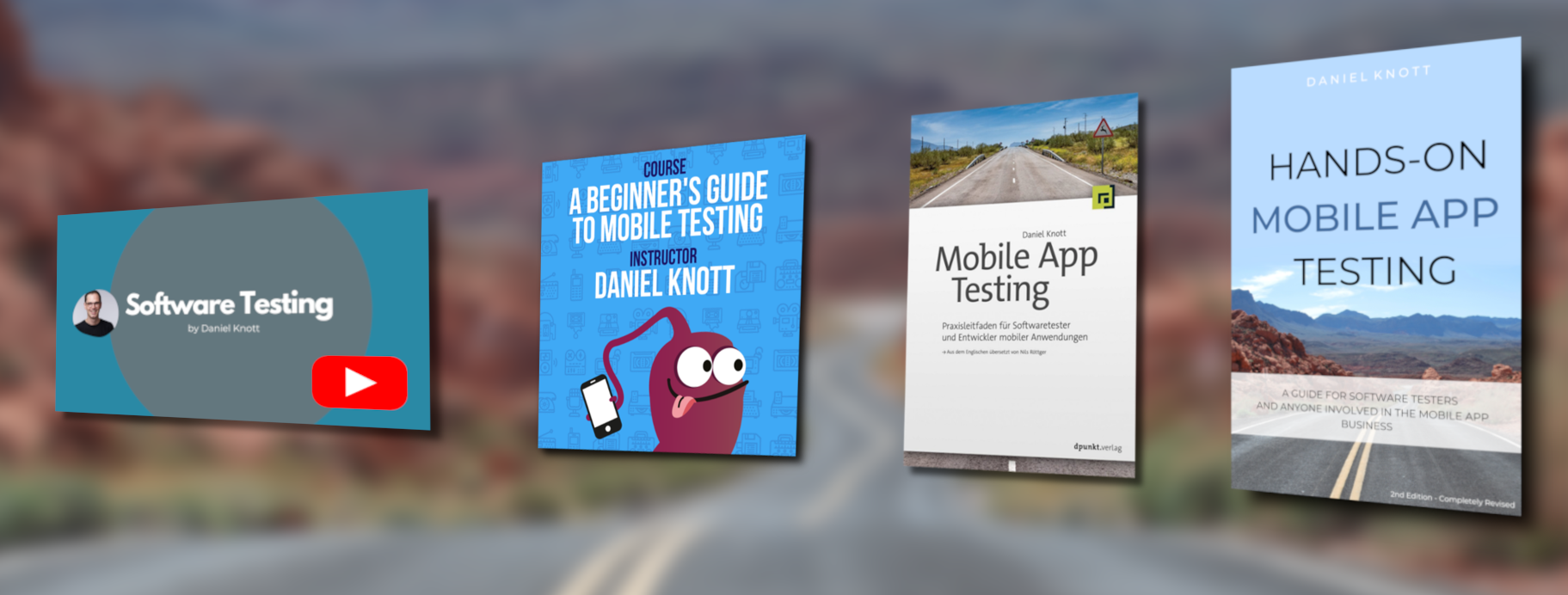Last week I attended the Eclipse Testing Day 2013 in Darmstadt/ Germany. The main topic of the conference was Mobile Testing. One of the best talks was “Energy testing and optimization of mobile applications” by Claas Wilke. Claas talked about the energy consumption of apps and that this topic is not considered by all developers during the development and testing phase. To prevent apps to consume to much battery, Claas developed a tool called JouleUnit. JouleUnit is an energy profiler, that can be used for Android apps, to find unnecessary battery usage of the app during runtime. JouleUnit is using the Android instrumentation framework to test the app. Beside profiling the battery usage you can also monitor the device CPU, WiFi or the display brightness. JouleUnit tests have the same structure like JUnit tests. At the end of the test run a nice graph is generated to see the battery consumption of the app.
Month: September 2013
Alan Page: Where Do New Testing Ideas Come From?
Alan Page is talking about: “Where Do New Testing Ideas Come From?”
How to improve your mobile testing skills
In the last couple of months I was asked by several people how I improve my mobile testing skills. The mobile world is changing quite fast and you have to keep the pace, if you want to be a good and up to date mobile tester.
I recommended to read lots of QA related blogs, read QA books, follow the right people on twitter, try new mobile testing tools at home or at work (if you have the time) to get a broader knowledge in the mobile area. Another thing I recommended was to do new things (be creative while testing), try new testing techniques or just try to break the app in a crazy way. Furthermore I recommended another way of improve the own skills. Use as many apps as possible from different categories to see how apps are developed and how they behave. Besides using them, the important thing is, check the update texts of the apps! Do not just install the latest version of the app, read before installing the app. Some app developers are really precise in what the new version of the app is all about. Which nasty bug was fixed, which new feature is developed and so on.
If there are bug fixes described, don’t install the new version, instead try to reproduce the bug and see how to get this bug to life!
Here are some examples of apps that descibed very well, what was fixed:

